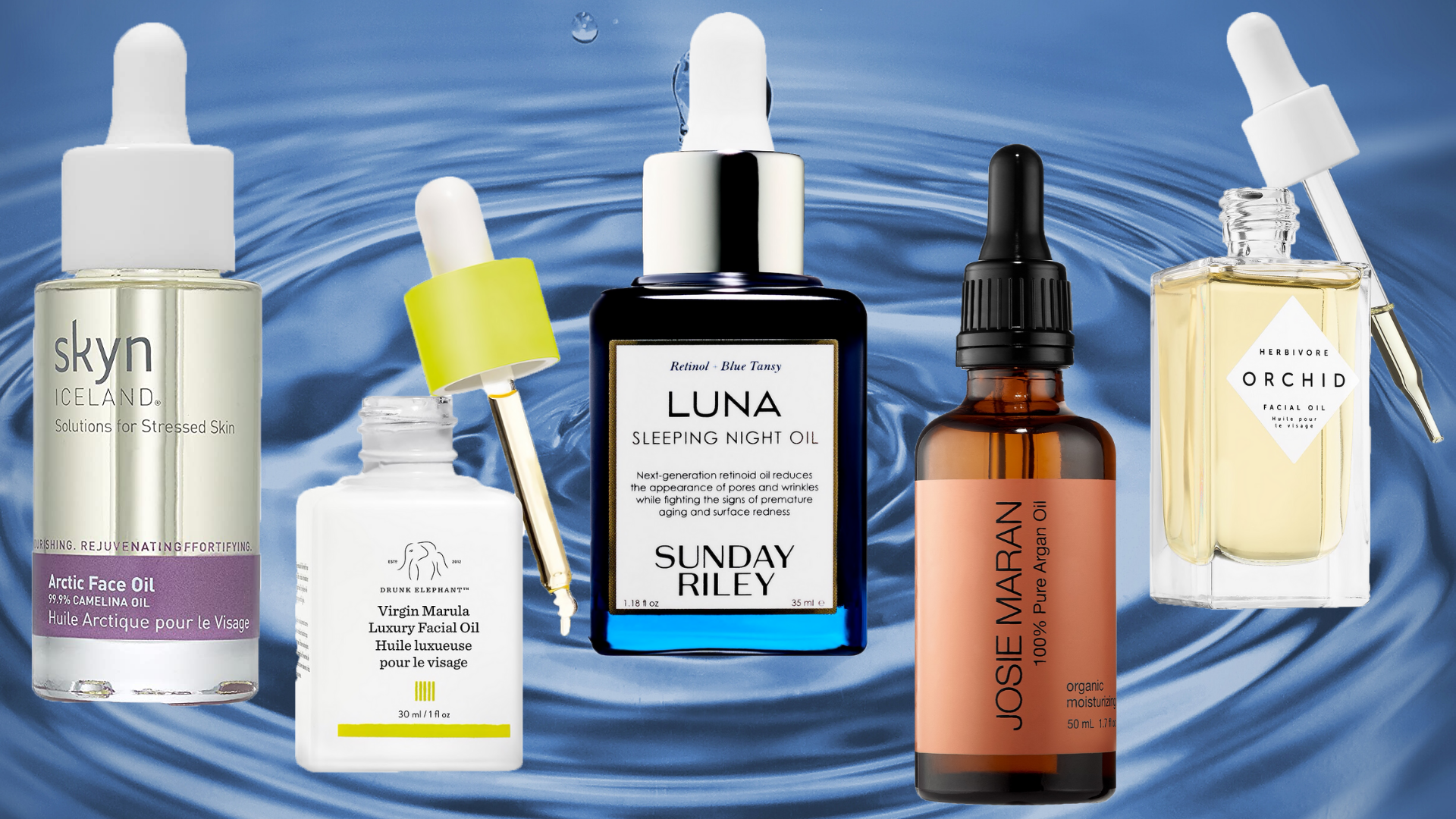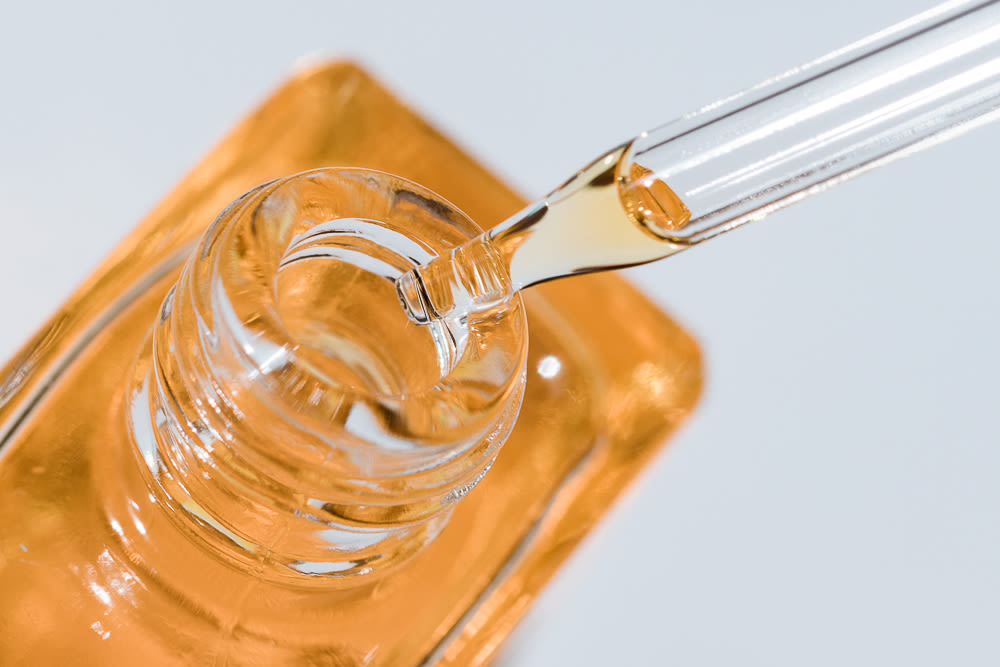
How To Use Face Oils, Whatever Your Skin Type.
Your skin type has likely determined your perception of face oil, which is about as divisive as a skin product gets.
Dry? You probably find them a comfort, but for the oily among us they can be shudder-inducing.
The problem is that there is a lot of conflicting advice swarming around skincare circles – even among the experts.
So deciphering which face oil will be good for you – or whether you should be using one at all – can be tricky. But when chosen and used correctly, many skin types can benefit from them – you just need to find the right one for you.

What are the benefits of using a face oil in your skincare regime?
Face oil devotees will attest to their nourishing, skin-softening properties, and while moisturisers are traditionally the last step in most skincare regimes, many now swap theirs for an oil.
“I see oils as a crucial end step in an evening routine, as they’re great for locking in moisture before bedtime,” explains Sarah Brown, founder of skincare brand Pai, whose Rosehip Biogenerating Oil is now a cult product.
“Oils can be feared by those with combination and oily complexions, though. As counterintuitive as it might seem to apply oil to oily skin, they can actually work well for this skin type, playing a rebalancing role, especially after the use of products that strip away natural sebum (like foaming cleansers).”
Dermatologist Dr Sharon Wong agrees that they are helpful for dry skin types –as “they are occlusives, so act as sealants on the skin surface” – to help lock in hydration, but she is emphatic that oily skin types should approach with caution.
“Oils are all comedogenic [they can block your pores] to varying extents,” she says.
“Acne prone skin, in particular, is naturally oily, producing excess sebum in the affected areas, so it does not need nor benefit from the use of face oils, whether used as cleansers or moisturisers.
On this type of skin, they have a tendency to block pores and bring on comedonal acne (whiteheads and blackheads).” However, there are a few types of oil which might, for some people, benefit the skin (more on this later).

Is an oil more hydrating than a moisturiser?
The two products play different roles in skincare – and can support each other. While moisturisers and serums deliver hydration and active ingredients into the skin, oils are there, sitting on the top, for nourishment and conditioning.
So if you’re wondering whether to swap your serum for a face oil, the answer is no. If you are a drier skin type, in particular, they are a great last step post-moisturiser.
“After applying moisturisers with additional hydrating ingredients, such as humectants, they are a helpful step to lock in hydration,” says Dr Wong.

When should I apply facial oil and should I use it every day?
Face oils can be used year-round, but most people notice a seasonal change in their skin – when it gets colder, we tend to experience increased dryness, so many skin types can benefit from using an oil to enhance the hydrating properties of serums and moisturisers.
As the hotter months approach, however, pay attention to your skin and its needs – if your face oil starts causing breakouts or simply feels that bit too heavy, swap it for something lighter.
Dr Wong advises being careful around protective face masks too, as the two combined can cause hot, sweaty skin and subsequently blemishes.
You can use a face oil every day if your skin happily takes it without irritation or breakouts.
Night is an ideal time to apply one, given that the formulation serves as a great way to lock in moisture overnight.
While you can use one during the day, you do need to be careful about how it interferes with your SPF – it has the ability to break down or dilute your sun protection, so it’s advisable to wear overnight instead.
Whenever you choose to use one, it should always be the last step in your regime, because anything applied over the top will not be able to permeate and thus will be useless.

How to apply face oil
The beauty of the face oil is that it is a great product to be used in conjunction with facial massage techniques, plus, they often have sense-soothing aromatherapeutic benefits, too.
“I use two to three drops of our Rosehip Bioregenerate Oil most nights after a thorough cleanse,” says Brown.
“It’s best applied after using a face mist. It makes for a more even application and has the added benefit of trapping in extra moisture.”
Massage your oil into the face using upward and outward motions to help with lymphatic drainage and to sculpt.
You can also use your oil anywhere that needs extra nourishment, whether that’s the ends of your hair or your cuticles.
Face Oils, Whatever Your Skin Type

